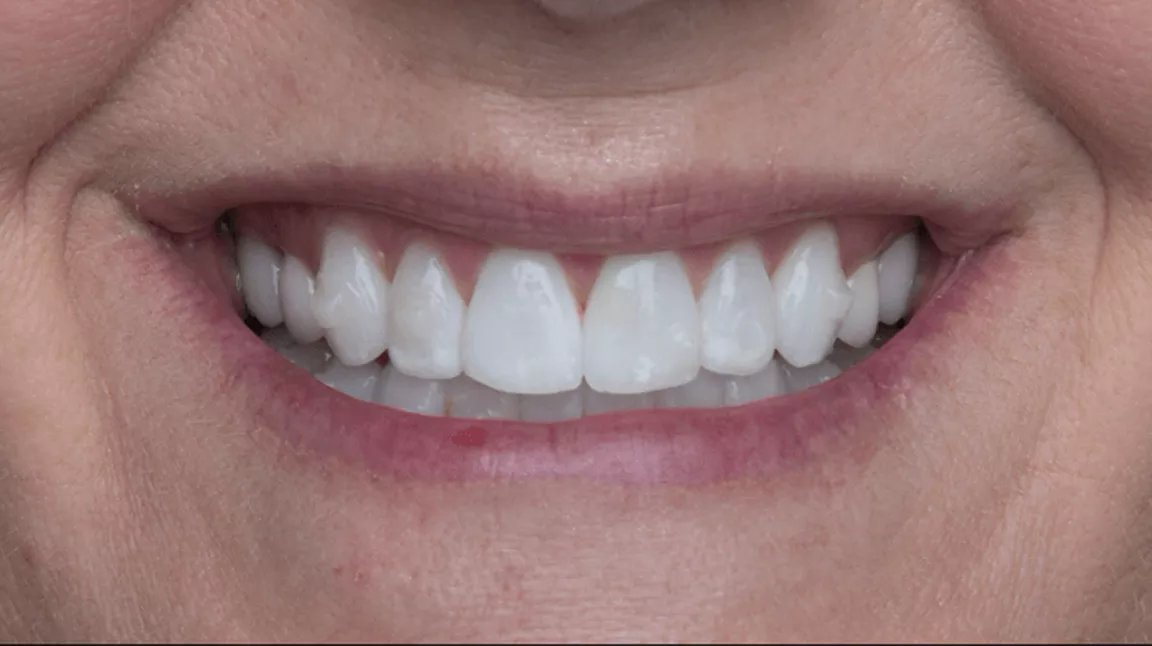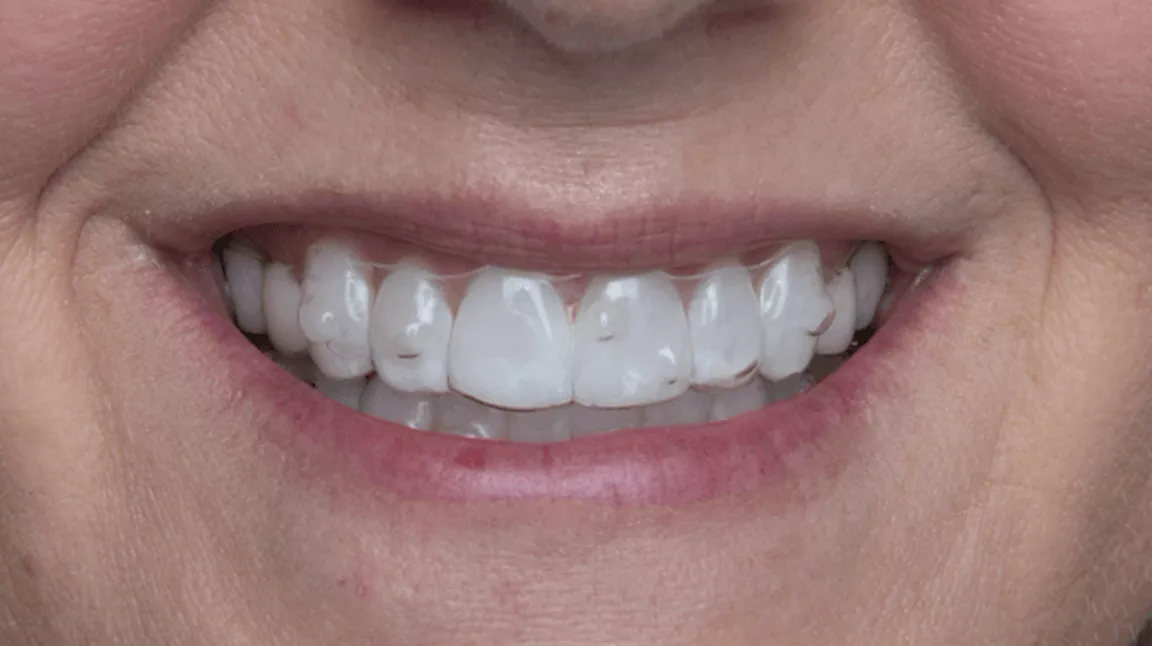Everything You Need To Know About Attachments With Clear Aligners

The days of having to wear wire braces to straighten teeth is far behind us. Nowadays, clear aligners are designed to be effective, more comfortable and less noticeable. Besides the fact that they are nearly invisible, they are also easily removable.* That means that there are no limitations to what a patient can eat or drink during treatment.
Each pair of aligners is custom-made to fit the individual and all movement will be planned ahead of time. Some plans may include the addition of special attachments. These small fixtures are attached to the tooth during treatment and correspond with each aligner to help provide the desired movement. We’ve put together all the information you need to know about these attachments and what to expect if they are included in your treatment plan.
The Basics About Aligner Attachments
For most people, aligners alone are perfectly sufficient for their orthodontic treatment. However, sometimes additional force is required to help with more complex teeth movements. For example, some people have misaligned or crowded teeth that need to be turned or shifted extensively to be in line with the other teeth. In these cases, an orthodontist might recommend teeth attachments along with the standard aligner treatment. These attachments are small dental pieces used to provide extra grip or pressure for especially problematic teeth.
There are many different types of aligner attachments including bumps, buttons, engagers, and more. Some of these attachments may adhere to your teeth while others may be built into your clear aligners. Each type of attachment is used for specific purposes. For example, buttons are small fixtures in aligners that act as hooks for rubber bands. On the other hand, small attachments that go on your teeth may be used to provide more grip or ensure that aligners are secure.
How Do Attachments Get Adhered To The Teeth?
The process to adhere attachments to the teeth is fairly simple. During the initial treatment planning, the doctor will have decided which teeth need attachments by using 3D software to visualise the entire process. Using this as a guide, the doctor will assess each tooth and mark the locations where attachments are needed.
Do Attachments Cause Discomfort?
Attachments, like anything else during treatment, may take some time to get used to. Having unnatural objects glued to your teeth can be a strange sensation at first. The most common complaint from patients is the attachments irritating the inside of their mouth while eating without the aligners in. However, this discomfort usually goes away after a few weeks as they get more used to them. Another complaint is that some patients may find it more difficult to put in and remove their aligners. While this can be the case any time a patient switches to a new tray, this tight feeling will generally go away after wearing the tray for the required amount of time.1
After the initial few weeks, many patients end up forgetting that the attachments are on their teeth. They should look and feel like a natural part of your teeth. The more you wear your aligners, the less you will notice them as well. When your aligners are in, the smooth plastic covers the attachments and provides more protection from any possible rubbing or irritation that could occur.
Do Attachments Make Aligners More Visible?
The primary reason people prefer clear aligners over wire braces is that they are barely noticeable.* So when patients learn that they may need teeth attachments included in their treatment plan, many start to worry that it will make their aligners more visible. Luckily, attachments are usually the same color as your teeth, so there is very little chance someone will notice them. You can also feel confident knowing that having clear aligners with attachments will still be a lot more concealed than traditional braces.
However, one thing that could make attachments more visible is whitening your teeth. We do not recommend doing this, since the material that the aligner attachments are made out of cannot be whitened. Therefore, it is best to wait to whiten teeth until after treatment has been completed.


Comparison of actual patient without aligners, and with Spark Aligners and attachments.
How Are The Attachments Removed?
Removing attachments is just as simple as gluing them on. After treatment has been completed, they are gently smoothed down with an orthodontic drill and the adhesive used to fixate the attachments is removed. Luckily, this process is completely pain-free and will not damage your teeth in any way. You won’t even be able to tell where the attachments were.2
Get More Information From A Spark Provider
If your treatment plan ends up including aligner attachments, you have all the information you need to approach the situation with confidence. Issues such as underbite, deep bite, crowding of the teeth, and many others can be easily fixed with the help of these orthodontic advancements. If you are considering clear aligner treatment, find a Spark Provider near you today. Our doctors will be happy to schedule an appointment and assess your teeth to get you on your way to a perfect smile!




